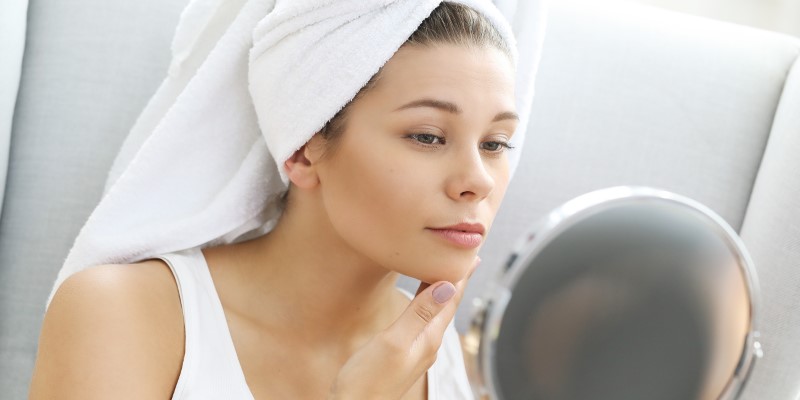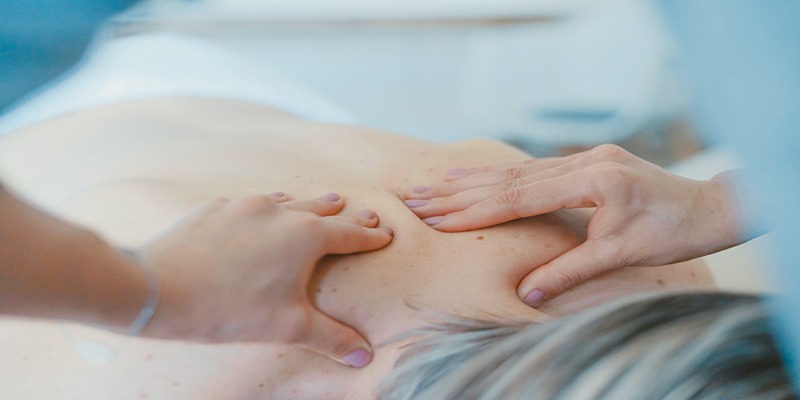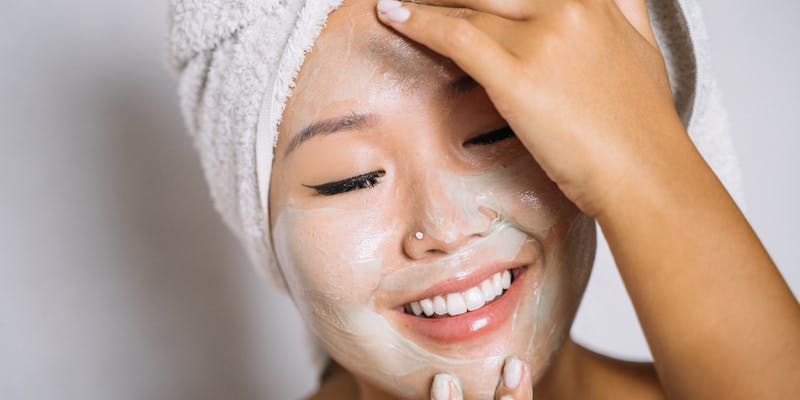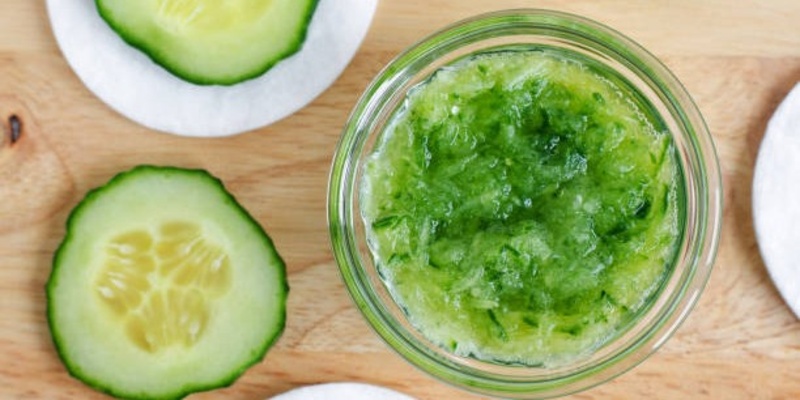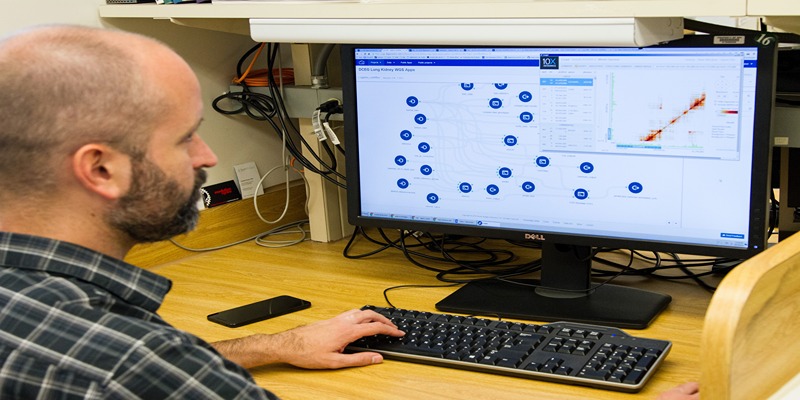If you find that your cuticles are peeling, you might be tempted to cut or pick at them. But doing so could only make the problem worse. Keeping the skin hydrated and healthy is crucial. It can prevent cuticles from peeling and becoming dry all the time, which can spoil a flawless manicure.
For your nails to be healthy and protected, your cuticles are essential. But it can be painful and unpleasant when your cuticles start to peel. If you are searching for ways to keep your cuticles healthy, you are in the right place. Read the article to learn how to prevent peeling cuticles.
What is meant by Cuticle Peeling?
The thin, translucent skin layers that surround the base of your nails are called cuticles. In order to keep germs, viruses, and fungus out of the nail plate, the cuticles create a tight seal. Cuticles lift when they get dry, which increases the risk of infection in the nail. Cuticles that are dry can resemble peeling nail skin. Additionally, although they may be challenging to manage, they pose little threat. However, proper nail care requires healthy, moisturized, and well-groomed cuticles.
Causes of Cuticle Peeling
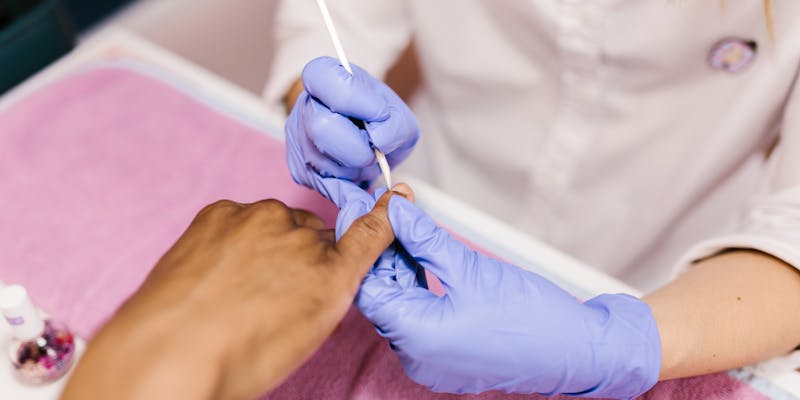
There are several reasons cuticles can occur, including your daily routine or how you care for your nails. Let's discuss some of the leading causes of cuticle peeling that you may be experiencing. One of the main causes of peeling cuticles is dryness. Similar to your skin, conditions like extreme cold, low humidity, regular hand washing, and exposure to harsh chemicals can cause your cuticles to become dry.
Using harsh nail products can strip your nails and cuticles of their natural oils, causing dryness and peeling. Examples of these products are nail hardeners and polish removers using acetone. Biting or picking at your cuticles regularly can cause damage to the nail skin, increasing the risk of infection and peeling.
Your cuticles and nails may peel as a result of inadequate consumption of vital minerals like iron and zinc, as well as essential vitamins A, C, and E. Certain components in nail polish, hand soaps, and lotions may cause allergies or sensitivities in some people, irritating the cuticles and causing peeling.
How to Prevent Cuticle Peeling?
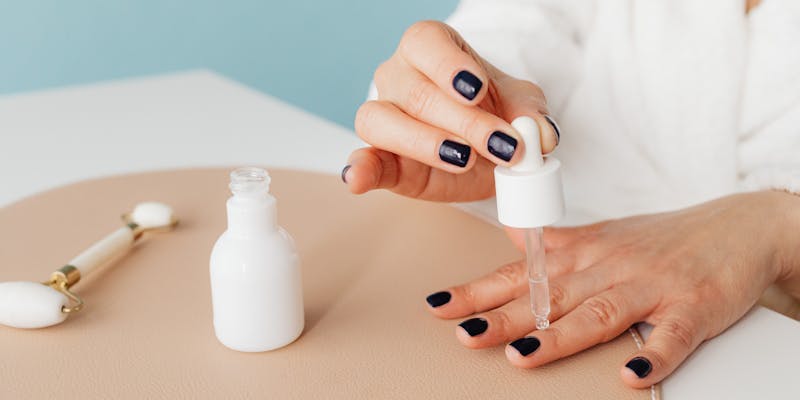
Peeling can be permanently stopped, and cuticles can be restored with just a little maintenance. The following are the best suggestions for avoiding cuticle peeling:
Moisturize Regularly
You may stop peeling cuticles by regularly moisturizing your nails. Once or twice a day, use a cuticle oil or serum to keep your nails nourished and avoid hangnails and dry cuticles. A quick fix for moisturizing cuticles without cuticle oil is to massage a small amount of olive oil into each cuticle. You can further hydrate cuticles by using a thick hand cream afterward for extra-intense hydration.
Avoid Picking and Peeling
You might think that peeling or picking at your nail paint is a harmless behavior. However, it isn't a solution for stopping skin flakes on fingers that are close to nails. Additionally, it may be harmful. It may be tempting to pry on chipped or lifting nail polish but resist the urge to do so at all costs.
Picking can cause natural nails to deteriorate. Furthermore, there's always a chance that some cuticle or nail plate will come off with the polish. Some nail products, like bitter-flavored nail paint, might make cuticle picking more uncomfortable if you can't quit.
Protect Your Hands
Keeping cuticles protected is one simple way to prevent them from peeling. Chemicals, bad weather, and frequent hand washing can cause cuticles to peel off. Reduce the amount of drying items, such as nail paint remover and hand sanitizer, that come in contact with your cuticles.
Dish gloves should always be used when handling a lot of water, such as while cleaning the kitchen counter or washing dishes after a large meal. Overexposure to water, especially in warm conditions, can worsen cuticle peeling and further out your skin.
Never Fully Remove Your Cuticles
The cuticles are frequently removed during a manicure with a cuticle nipper or a liquid remover that completely dissolves the skin. In comparison, your manicures could seem cleaner immediately after the treatment. If you do this, you risk seriously damaging the cuticle skin and nail integrity when your nails grow back.
The nail's natural protective layer is called the cuticle. It functions similarly to the grout in your shower to retain moisture, wetness, and microorganisms out of the nail unit. The nail unit becomes vulnerable to water and moisture penetration when the seal is broken or gets dry.
A chronic cuticle compromise will eventually cause the nail to grow in an uneven manner. This may result in white areas, lumps, thickness, and discoloration of the nail beds, in addition to chronic paronychia, which is defined as red, swollen skin beneath the cuticle.
Push Your Cuticles Back
Push back your cuticles rather than cutting them! It's safer to gently push back your cuticles rather than clip them off. But what exactly does it do, and why should you push your cuticles? You can remove dead nail skin cells from the surface of your nail by pushing back your cuticles. Manicures last longer when the cuticles are pushed back because nail products may fully adhere to the nail plate rather than the cuticle.
Use Petroleum Jelly
You can apply petroleum jelly to seal moisture. Petroleum jelly shields your skin from the elements and locks in natural moisture, but it's not a moisturizer. You may also use it after hand cream to lock in the moisture. Your cuticles will become softer and less likely to peel if you use petroleum jelly, but it will be somewhat oily. Before consuming any food or beverages, make sure you wash your hands completely. Petroleum jelly is an inexpensive substitute, even though it works best when combined with another substance.
Conclusion
Peeling cuticles can be bothersome, but with the proper care and attention, you can keep them healthy and prevent future problems. By moisturizing regularly, avoiding harsh chemicals, maintaining a balanced diet, and practicing good nail hygiene, you can protect your cuticles and promote overall nail health. You should talk to a dermatologist for a proper diagnosis if you notice any signs of infection, such as redness and swelling.
